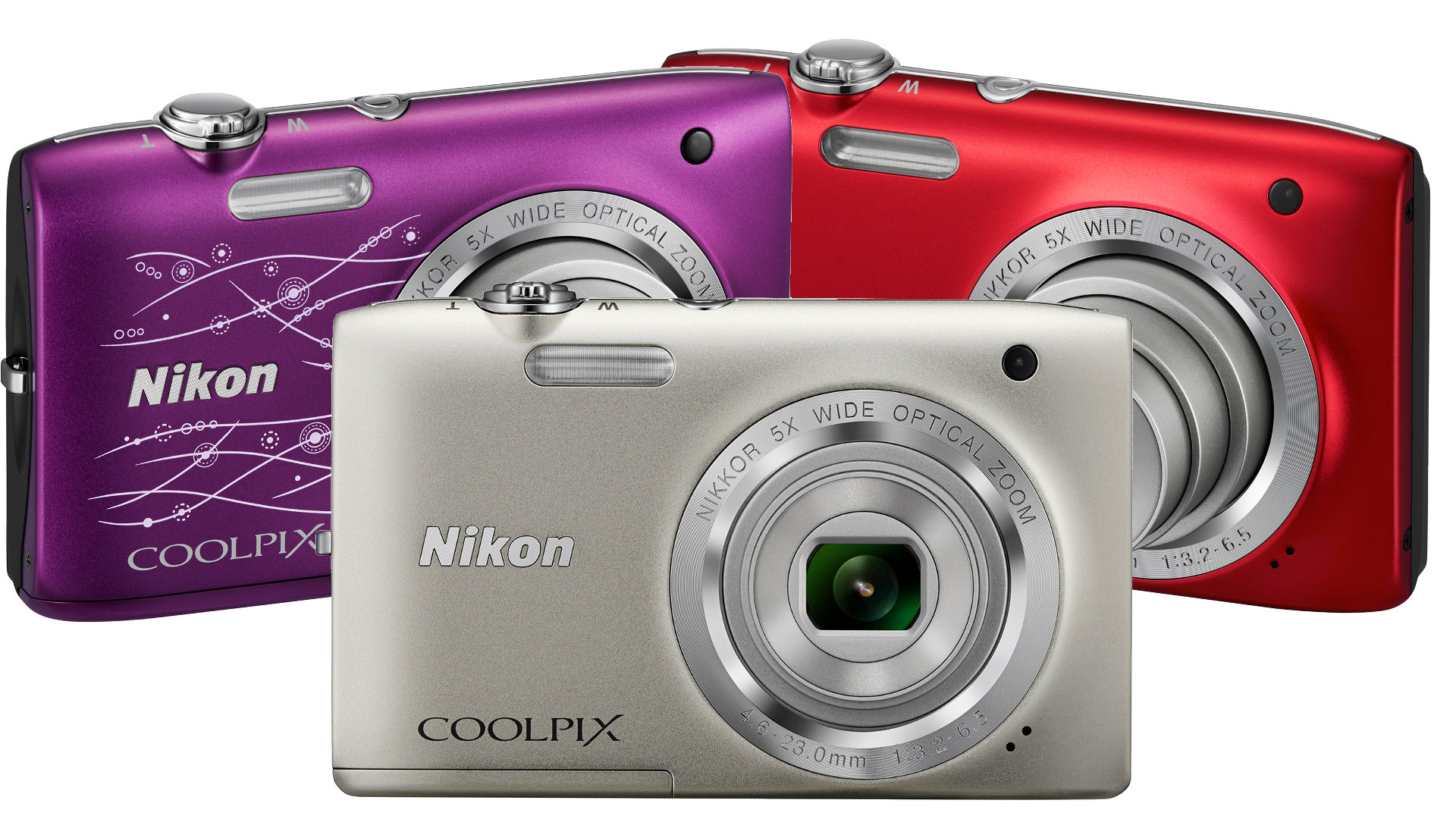TechRadar Verdict
A great value compact for beginners, the Nikon S2800 produces good results with little effort, but its lack of manual controls probably rule it out for experienced shooters.
Pros
- +
Great range of creative filters
- +
Lightweight
- +
Produces punchy, bright colors
Cons
- -
Processing sometimes slow
- -
Macro mode results disappointing
- -
No full HD video
Why you can trust TechRadar
Available in purple, pink, red, silver and black, the Nikon Coolpix S2800 is a compact camera with a decent set of specs. With its 20 million pixel sensor, 5x optical zoom lens (26-130mm equivalent) and 12 creative filters, it's a budget compact camera, but still offers a number of ways to transform your photos.
Auto shooting modes are the main focus of the Coolpix S2800, with three of the five available shooting options - Scene Auto Selector, Smart Portrait and Auto Mode - being auto modes. The other two modes, Scene Selector (where you pick the scene mode yourself) and Creative Filter give users a little more control over their photos, but not a lot.
There are very few manual options for the user to adjust - exposure compensation, sensitivity, white balance and autofocus modes (single, tracking and so on) are the only exceptions, and the majority of those are only available when using Auto mode.
For those used to smartphone photography, probably the biggest draw of the S2800 is its creative filters - there are 12 to choose from in live shooting, and 16 that can be applied in camera to your finished shots. They range from colour adjustments like Selective Colour and High-contrast Monochrome, to more arty filters like Painting and Toy Camera mode. In live shooting, a preview of the creative filter is displayed, making it easy to see what the finished shot will look like.

Smart portrait comes equipped with a Smile Timer and Blink Proof mode - useful to make sure there are no closed eyes during group shots.
While the Coolpix S2800 offers HD video shooting, it's at the lower 720p recording size, rather than full 1080p HD. There is no inbuilt Wi-Fi connectivity with the S2800, but it is Eye-Fi compatible, meaning users can use Eye-Fi SD cards to create a Wi-Fi network.
In terms of competitors, the S2800 is up against the newly released Canon IXUS 155, which boasts a 20 million pixel sensor with 10x optical zoom, and the Samsung ES90 which has the same zoom range as the Nikon S2800, but only has a 14 million pixel sensor.
Sign up for breaking news, reviews, opinion, top tech deals, and more.
Build quality and handling
Slim and light, the Coolpix S2800 will happily fit in a jeans pocket with room to spare. It's a small camera, and feels well put together and durable for the most part. The only notable exception is the flap for the charger, which feels a little flimsy and a bit fiddly to open, not great for those who don't have the daintiest of hands.
It would have been nice to have a handgrip, but the S2800 is still fairly easy to hold without one. I also found that the flash is a little awkwardly situated in front of the shutter button, increasing the likelihood of your fingers getting in the way during shooting.

The majority of the controls are on the back right of the S2800, with just the shutter, power and zoom controls found on the top. Those familiar with the Nikon menu system will have no issues navigating their way around the settings and shooting options, but for new users it might take a bit more time to familiarise themselves with it.
While changing the shooting mode is controlled by the Scene button, everything else can be found after pressing the menu button, which some users might miss. Unfortunately, the four-way navigational pad, which gives access to macro shooting, self timer, flash options and exposure compensation is frustratingly slow to respond at times, especially straight after firing a shot. Handily though, there's a dedicated erase button, something which some compacts are missing, but is standard for the Coolpix range.
In general, the S2800 is fairly simple to operate, once you've got to grips with the menu system, which shouldn't take long.
